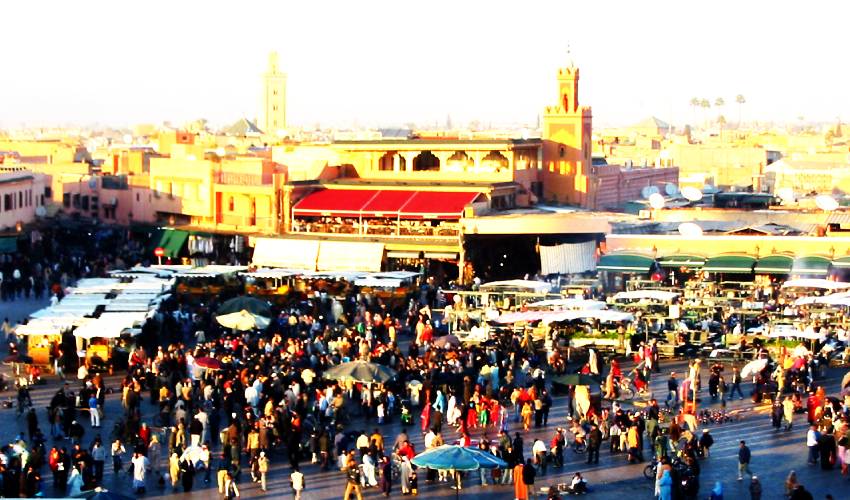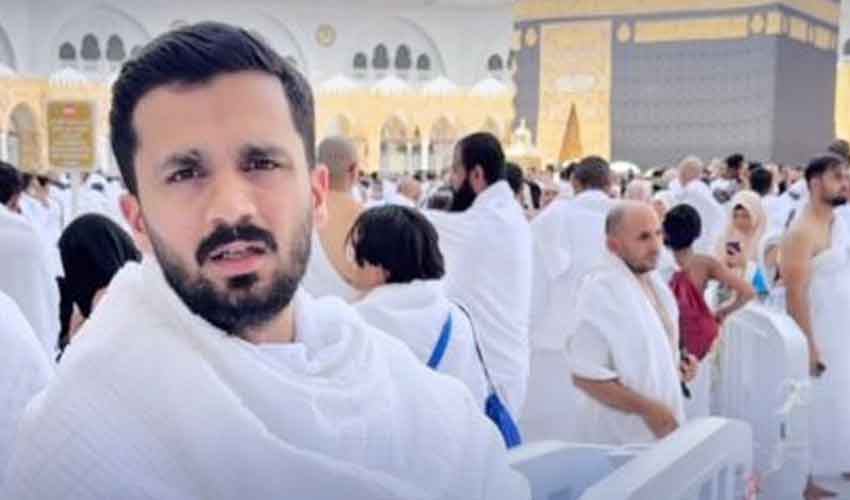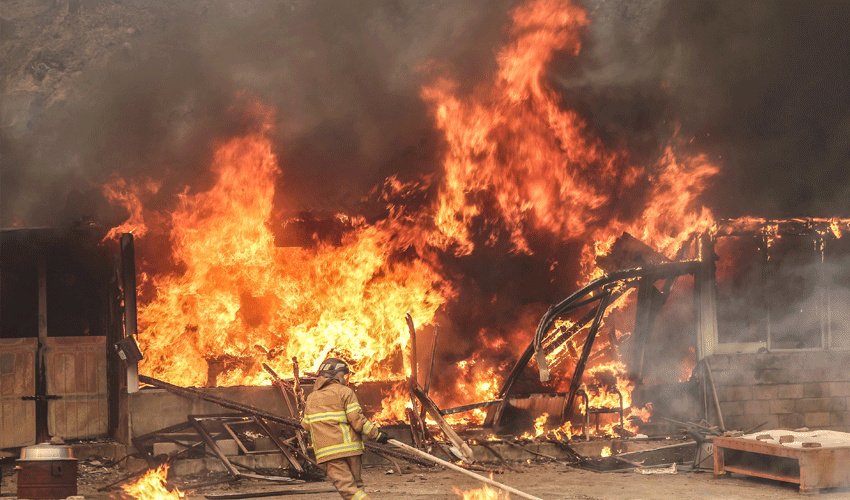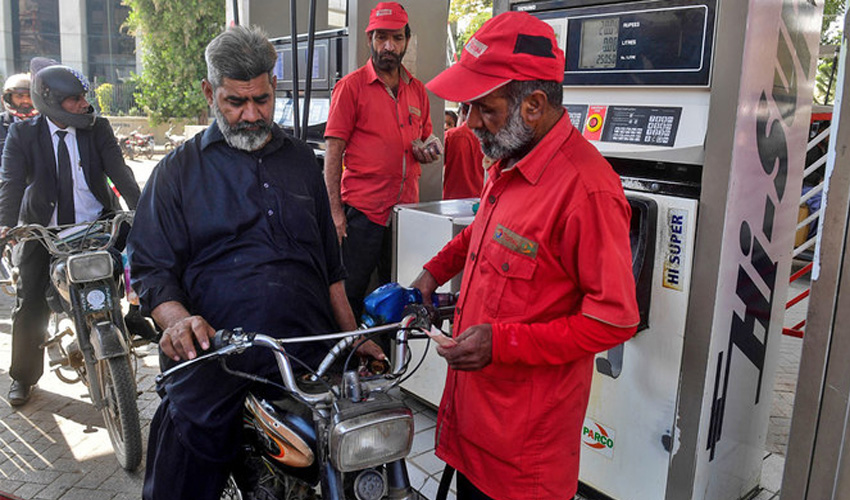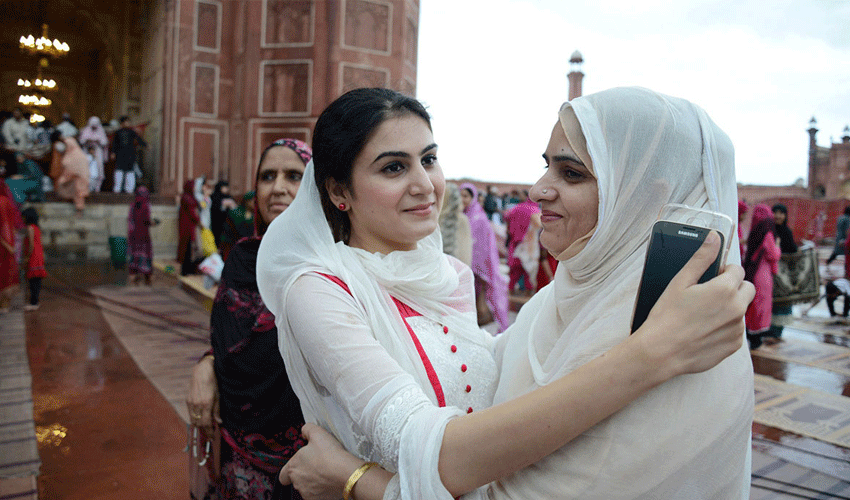Rescuers in Morocco searched for survivors in the rubble of collapsed houses in remote mountain villages after a powerful earthquake killed more than 1,000 people and left many homeless.
The quake, which struck late on Friday night in the High Atlas mountains, also damaged historic buildings in the nearby city of Marrakech or Marakesh.
Most of the fatalities were reported in mountainous areas to the south.
The interior ministry said the death toll had risen to 1,037, with another 672 injured.
The US Geological Survey said the quake had a magnitude of 6.8 and was centred about 72 kilometres (45 miles) southwest of Marrakech.
The earthquake was the deadliest to hit Morocco since 1960, when a quake killed more than 12,000 people.
As it comes into discussion due to tragedy, not many people know that Marakesh was a heart of learning and culture during the Islamic Golden Age.
It was founded in the 11th century by the Almoravid dynasty, and it quickly became a major trading hub and a centre of Islamic scholarship.
The city was home to many famous scholars, including Ibn Khaldun, a renowned historian and sociologist, and Abu al-Hasan al-Marrakushi, a geographer and astronomer.
The red town was also a pivot of art and architecture, and it is home to many beautiful mosques, palaces, and gardens.
The Islamic Golden Age came to an end in the 13th century, but Marakesh continued to be a nucleus of culture and learning. The city was ruled by the Almohad dynasty, the Merinid dynasty, and the Saadian dynasty, all of which patronized the arts and sciences.
Marakesh remained an important city during the colonial period as well, and it is now a major tourist destination.
The city is still home to many historical landmarks, and it is a vibrant centre of Moroccan culture.
Founded in 11th century: Marakesh was founded in the 11th century by the Almoravid dynasty. The city was originally called Marakech, which means "the red city" in Berber.
Capital of Almoravid and Almohad empires: Marakesh was the capital of the Almoravid and Almohad empires in the 11th and 12th centuries. During this time, the city flourished and became a major centre of trade and culture.
Home to Koutoubia Mosque: The Koutoubia Mosque is one of the most iconic landmarks in Marakesh. It was built in the 12th century and is the largest mosque in the city.
UNESCO World Heritage Site: The medina of Marakesh is a UNESCO World Heritage Site. It is a walled city that is home to many historical landmarks, including the Koutoubia Mosque, the Bahia Palace, and the Saadian Tombs.
Popular tourist destination: Marakesh is a popular tourist destination. The city is known for its vibrant culture, its historic landmarks, and its delicious food.
Some other facts:
Marakesh was a hub of learning and scholarship in the 12th century. The city was home to several universities, including the University of al-Qarawiyyin, which is one of the oldest universities in the world.
It was also a major centre of trade in the 11th and 12th centuries. The city was located on the trade routes between Africa and Europe, and it was a major hub for the exchange of goods and ideas.
Marakesh was a nucleus of Islamic culture in the 11th and 12th centuries. The city was home to many Sufi shrines and mosques, and it was a major destination for pilgrims from all over the Islamic world.
The city was a major centre of resistance to European colonialism in the 19th century. It was the site of several battles between the Moroccans and the French, and it was eventually captured by the French in 1912.
Marakesh is a major centre of Moroccan culture today. The city is home to many traditional Moroccan crafts and industries, and it is a major tourist destination.





